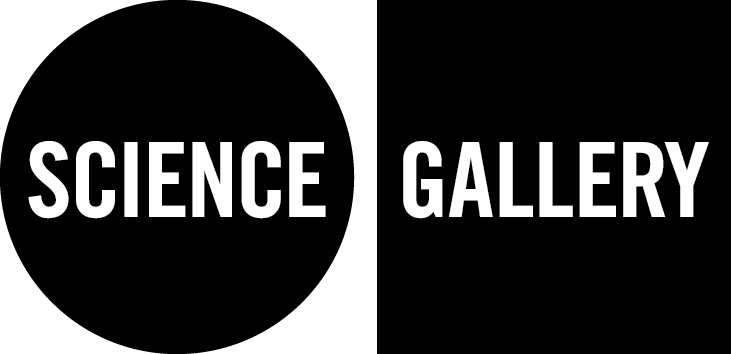Adam Grodeck: Mediator and Master in Physics
Adam Grodeck tells us about his journey as a Mediator at Science Gallery Melbourne, while researching habitable, earth-like planets in our galaxy.
Adam Grodeck with the installation Human Placenta Specimen in BLOOD at Science Gallery Melbourne, 2017
Adam Grodeck describes himself as a starry-eyed space nerd, with a keen curiosity for how things work, from why the sky is blue to how a light bulb glows. He was inspired to follow his passion after finishing high school, completing a Bachelor of Science at The University of Melbourne in 2017 with a major in Mathematical Physics.
In 2016, as a budding physics undergraduate student, Adam found himself in Dublin during a post-semester trip where his interest was piqued by the concept of Science Gallery. Visiting the exhibition DESIGN AND VIOLENCE, he was impressed with the curation and the content accessibility for a young audience. With this first exposure to Science Gallery Mediators, he knew immediately that it was a project that he would love to be a part of one day, and was overjoyed to hear that Science Gallery was opening a new node in Melbourne.
“The Mediator programme has been one of the defining experiences of my time at university.”
The experience as a Mediator in Science Gallery Melbourne was a major influence in the decision to continue his studies at the postgraduate level and to delve deeper into this area. Adam recently finished a Masters in Physics, with his research revolving around the upcoming miniature satellite project called SkyHopper currently led by a team at The University of Melbourne. The research investigates a preliminary observation strategy for the satellite’s mission to find new planets orbiting stars in the cosmos other than our Sun. This focuses on discovering Earth-sized planets with conditions on the surface that can allow liquid water to exist - a precursor to life!
WHAT THEY SAID?
‘Mediating at Science Gallery made me fall in love with my studies all over again. Being a part of so many great conversations about the impacts of science on society was invigorating in that the science course I was studying could help me be a positive vehicle for change in the world. My role as a Mediator and my university course have also complemented each other fantastically (...) For these reasons, the Mediator programme has been one of the defining experiences of my time at university.’
‘Science doesn’t exist in an academic bubble; the impacts of research proliferate through all our lives. People should feel empowered to discuss the things that affect them, from the advent of new artificially intelligent machines to the stigma and taboos about blood and disease. It is through the pairing of art with science that allows a wide audience of people, particularly young adults, to engage with these things.’ - Adam Grodeck, Mediator
WHAT WERE THE BENEFITS AND IMPACTS?
▶ Personal development
▶ Mediator development
▶ Supporting creativity
▶ Employee engagement
▶ Inspiring academic choice
Sources: Correspondence with Autumn Brown, SySTEM 2020 website, Science Gallery Dublin website.
Compiled by: Jahitza Balaniuk, Science Gallery International
Activity date(s): 2020

